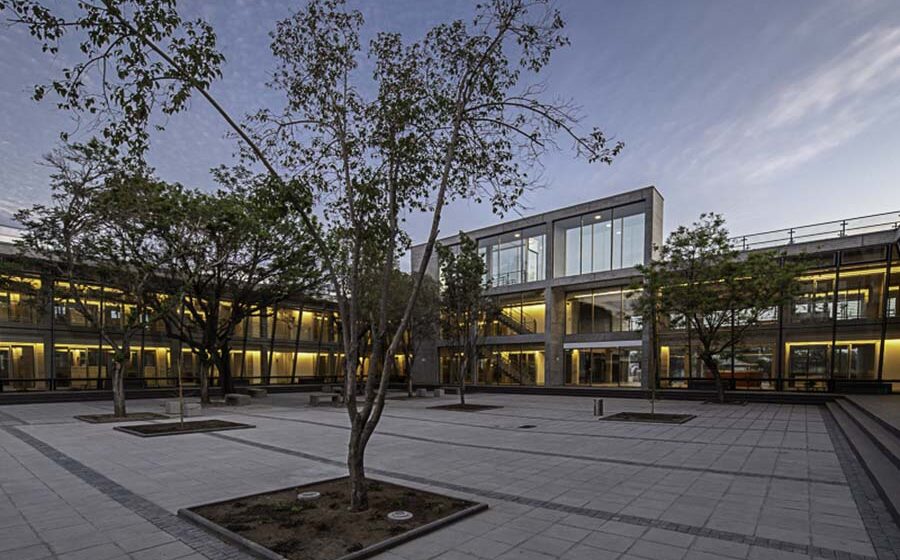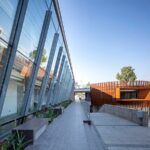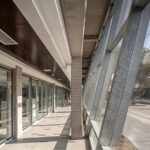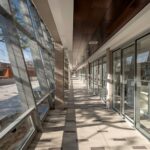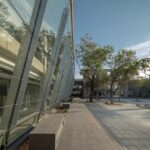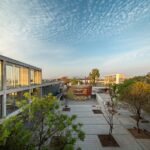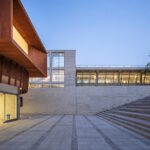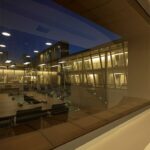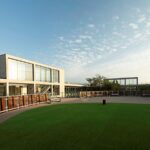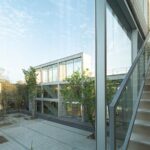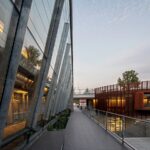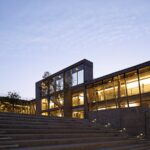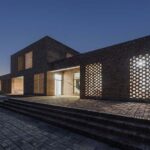The Pedro Aguirre Cerda City Hall, situated in one of Santiago’s most impoverished neighborhoods, represents a significant endeavor to address issues of urban safety and community cohesion through architectural intervention. Recognizing the dearth of public spaces and substandard infrastructure as contributors to neighborhood insecurity and social disconnection, the architects embarked on a mission to enhance the relationship between the local government and the community by leveraging the power of architecture and public spaces to foster social integration and improve quality of life.
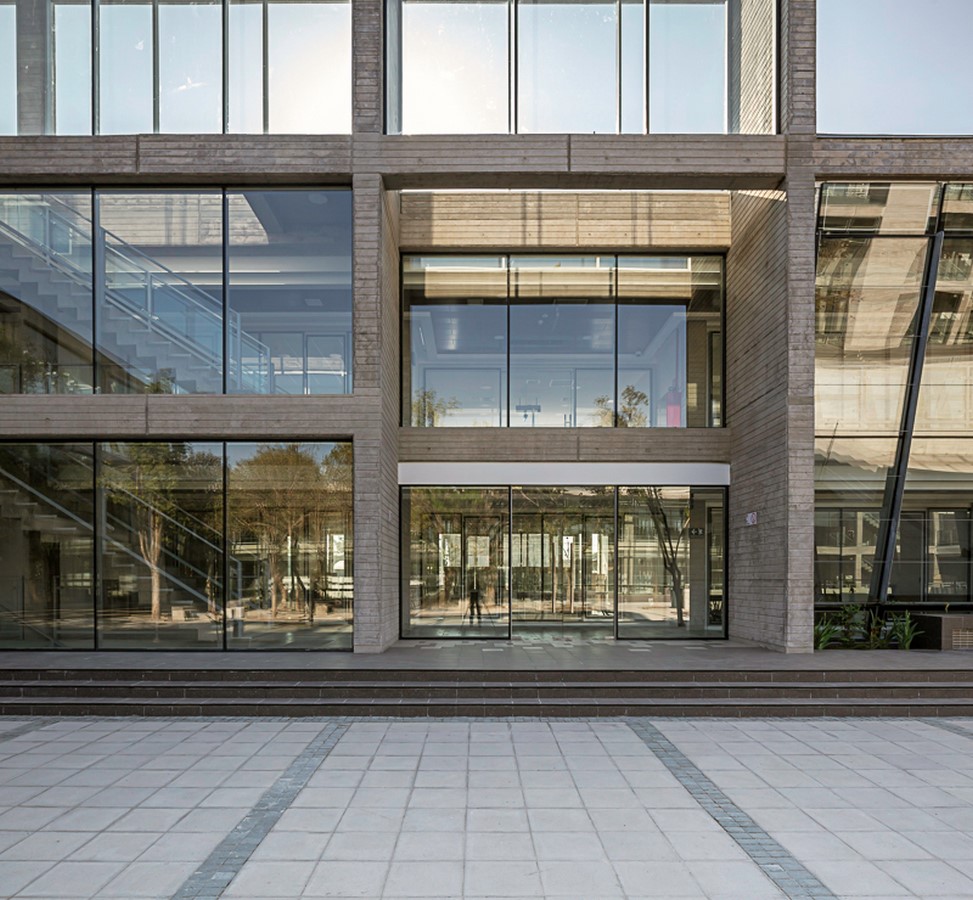
Promoting Social Cohesion
A central tenet of the design approach was to create a building that not only served the practical needs of city hall employees but also actively engaged with the surrounding community. To achieve this, the architects aimed to establish a seamless connection between the building and its public areas, drawing residents into the heart of the structure. By prioritizing accessibility and inclusivity, the design sought to promote social cohesion and facilitate interaction between residents and government officials.
Embracing Simplicity and Accessibility
In keeping with the goal of fostering community engagement, the architects opted for a design characterized by simplicity and accessibility. The building’s low height and unassuming façade were intended to integrate harmoniously with the surrounding urban fabric while signaling openness and approachability. By creating a welcoming environment, the city hall aimed to bridge the divide between government institutions and the community they serve, fostering trust and cooperation.
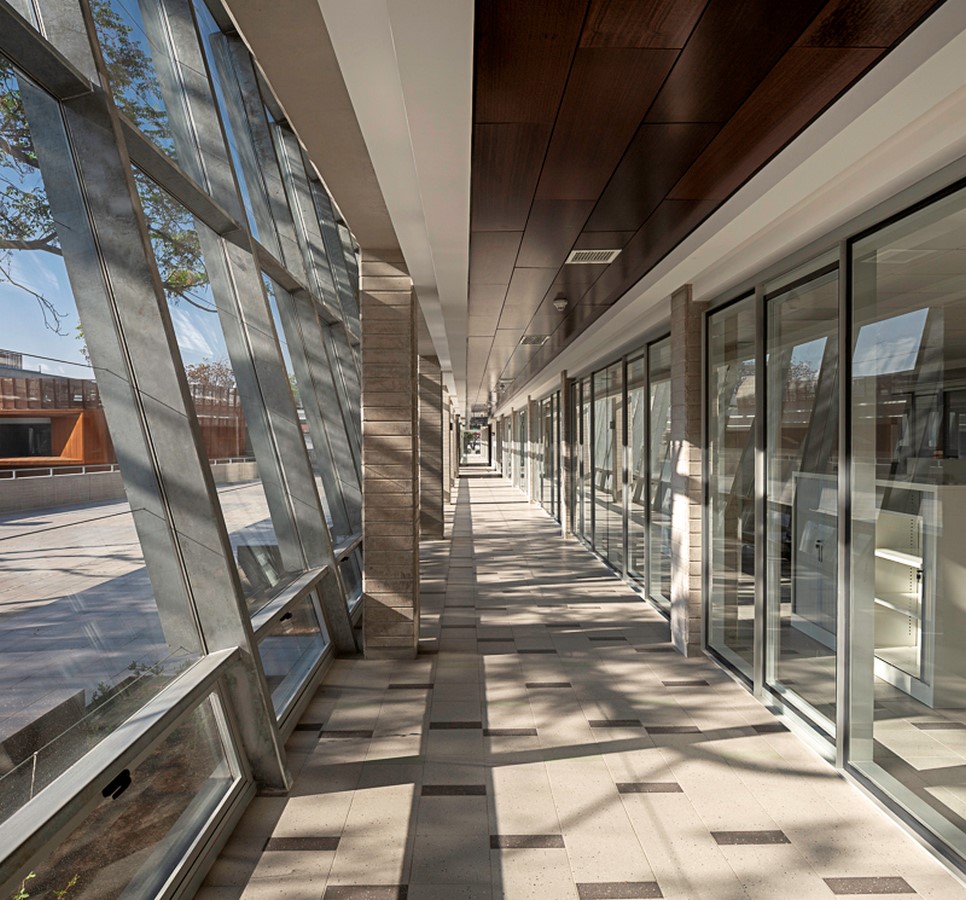
Innovative Spatial Design
At the core of the design concept was the creation of a central public space within the building, envisioned as an oval-shaped atrium that housed community facilities and municipal assembly halls. This internal courtyard served as a focal point for social interaction and cultural exchange, offering a multifunctional space for public gatherings, exhibitions, and events. Additionally, the building’s roof was conceived as a sprawling terrace, further expanding the available public space and providing opportunities for outdoor activities and community engagement.
Conclusion
The Pedro Aguirre Cerda City Hall stands as a testament to the transformative power of architecture in revitalizing urban communities and fostering social cohesion. By prioritizing community engagement, accessibility, and innovative spatial design, the project demonstrates a commitment to creating inclusive public spaces that serve the needs of residents while strengthening the bonds between citizens and their local government. As a symbol of progress and collaboration, the city hall embodies the aspirations of a community striving for a brighter, more connected future.

